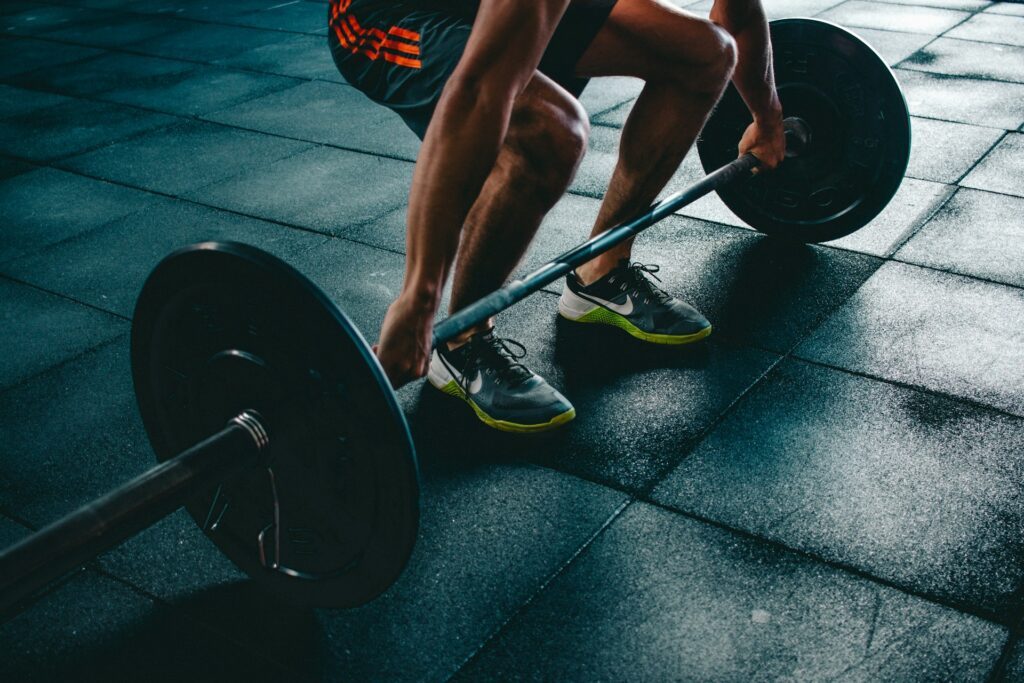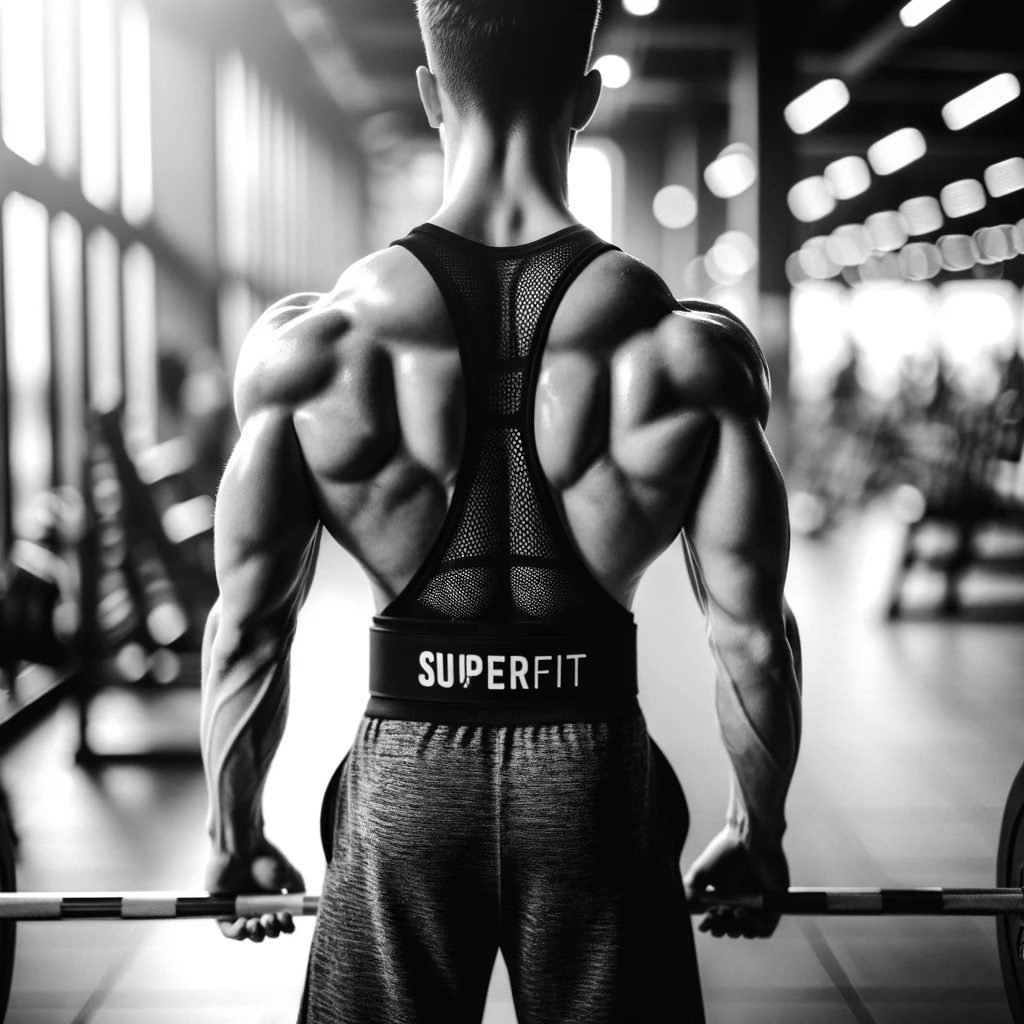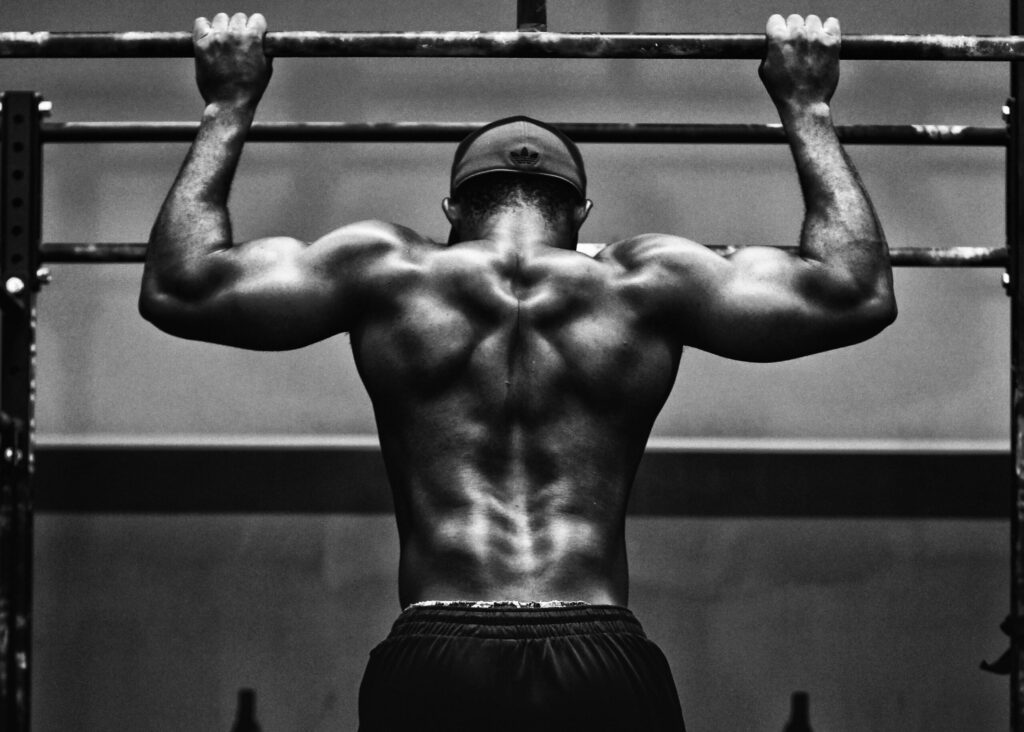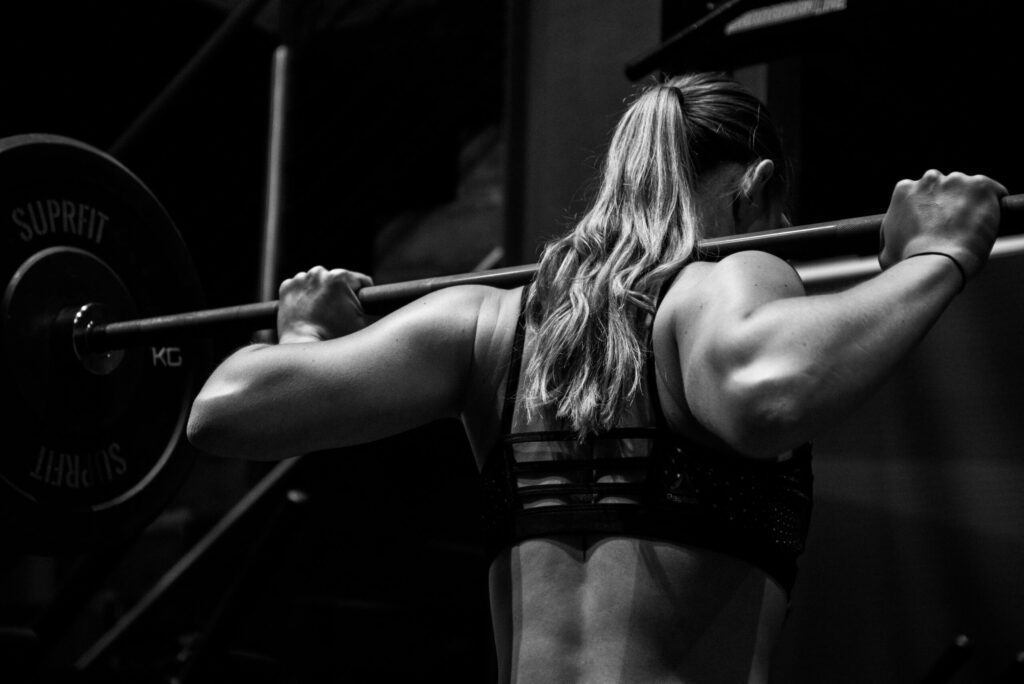Ever changing
Heavily scrutinised
Poorly regulated
How does a fresh young coach navigate their way through then ups and downs of the FITNESS INDUSTRY? For myself, it’s very much what you make of it. You can either be in it to win it by bettering yourself and others or for the social glory and to make a quick buck. I can firmly say I am now the first of the two. Whilst I had witnessed first-hand my brothers first year in the industry, I still didn’t truly realise the extent to which you need to be immersed to make a good run at it.
I landed my first role as a Personal Trainer at Zap Fitness in St Kilda. As you can imagine I was on top of the world! I was ready and raring to go and train people even with the little experience and basic knowledge I had obtained from Cert 3 and 4. I consider myself lucky to have been involved with high performance sport my whole life as this certainly had carry over into coaching. I also had a year of Exercise science under my belt from the University of Tasmania.
As far as I was concerned I would spend my day in the gym, get my clients the body of their dreams then get paid and go home. Being a completely new gym and the only PT there you can imagine there was a fair bit of interest. I began to rather quickly gather a client base! This is something that at the time I maybe took for granted. Now a days I’m very aware of how lucky I was to be the only ‘go to’.
So here I was, teaching people from all walks of life with goals ranging from having a high end physique to ones just trying to gain confidence in a new environment. I am lucky enough to have a brother who is also a personal trainer and business partner. He was training out of Zap Fitness Balaclava at the time, so I was able to get some advice here and there from him when I thought I needed it. ‘Thought’ being the key word here. I ‘thought’ I knew a heap at the time! Reflecting on it now, I am having a good laugh.
Before I knew it half a year has gone past. I am still doing the same thing, in the same fashion and without even a second thought of changing my ways. I wouldn’t say that I wasn’t getting results for my clients but there was no real method or structure to what I was putting out.
I’m not sure why or what made me tick, but around this time I began to do a bit more reading on training, and nutrition coaching. I thought this would be a good way to begin to understand more about what I was actually doing. I wasn’t a book worm by any stretch and if I’m honest I wasn’t putting a whole heap of time into it but it was a start at least.
Rewind a few months before this small, dim light bulb moment, my brother and I created our brand, 3 Point Training. 3PT was a coaching business that we run out of Zap Fitness and online. I was shocked when I saw much work he had put into the website design, logo design and marketing, as well as managing his own client base (approx. 60 sessions per week).
This was the second tick for me. It made me realise I need to start pulling my weight and work harder. Most people won’t understand what it’s like to be a PT. At 20 years old I was, getting up at 5-530am 5/6 days of the week and getting home at 9pm. This was already a shock to the system. Now add the fact that you’re not just training people, you are a life coach! Your client’s problems are now your problems, this is hard work. I have had people tell me their deepest darkest secrets and navigating through that is tough. On top of this, you need to be able to run a business and they don’t teach that in PT school.
I began consistently reading and watching YouTube videos as well as creating my own content. Not only had my brother taken on such a workload, he began a contest prep with a coaching group called JPS Health and Fitness. Unknowingly to me, this indirect connection with JPS would fast track my career development 10 fold in the months to come.
I met a coach, Jacob Schepis. He was Will’s coach throughout his prep and still to this day. When I talked to Will about why he chose Jacob he said it’s because how and why he coached most closely matched what we were trying to do with 3PT. Ever since he started he has never talked more highly of another person in the industry. Jacob is the director of JPS Health and Fitness. He got me along to one of his workshops called ‘Learn to Lift’. It was honestly a massive eye opener and it pretty much clicked here that I knew next to nothing. That day was one of the best things I had experienced to date in my career. Coming away from that I was hungry for more and eager to learn as much as I could. Low and behold, another opportunity came up and he invited me to his mentorship. It ran for 12 weeks in 2017. To quickly summarise; the depth, the attention to detail, the language they used to convey the message and most importantly the practical experience and application they gave me was the big turning point in my career as a coach.
More confident that ever and equipped with knowledge and practical experience you won’t find in any PT course, I was ready to bring the noise. I began implementing everything I had learnt during my 12 weeks. I started seeing consistent client results and placed structures and benchmarks in place for my practice. I was given the ability to think outside the box and not just see the black and white. I was upskilling daily and putting more attention into the details has seen my passion for this industry grow immensely. I began enjoying waking up at 5am most mornings due to the satisfaction I gained from helping clients achieve something they may not have been able to without my help.
I now 100% know this industry is what you make of it. If you put in the work, constantly upskill and focus on helping your clients achieve results in an enjoyable manner, this is the right career for you. I am now just under a year and a half in the industry and I am still striving to learn more and keep the results coming. One day I hope to open up my own studio, maybe 2. Until then I’ll be putting my head down and focussing on the business and in turn building a career in this amazing industry.












